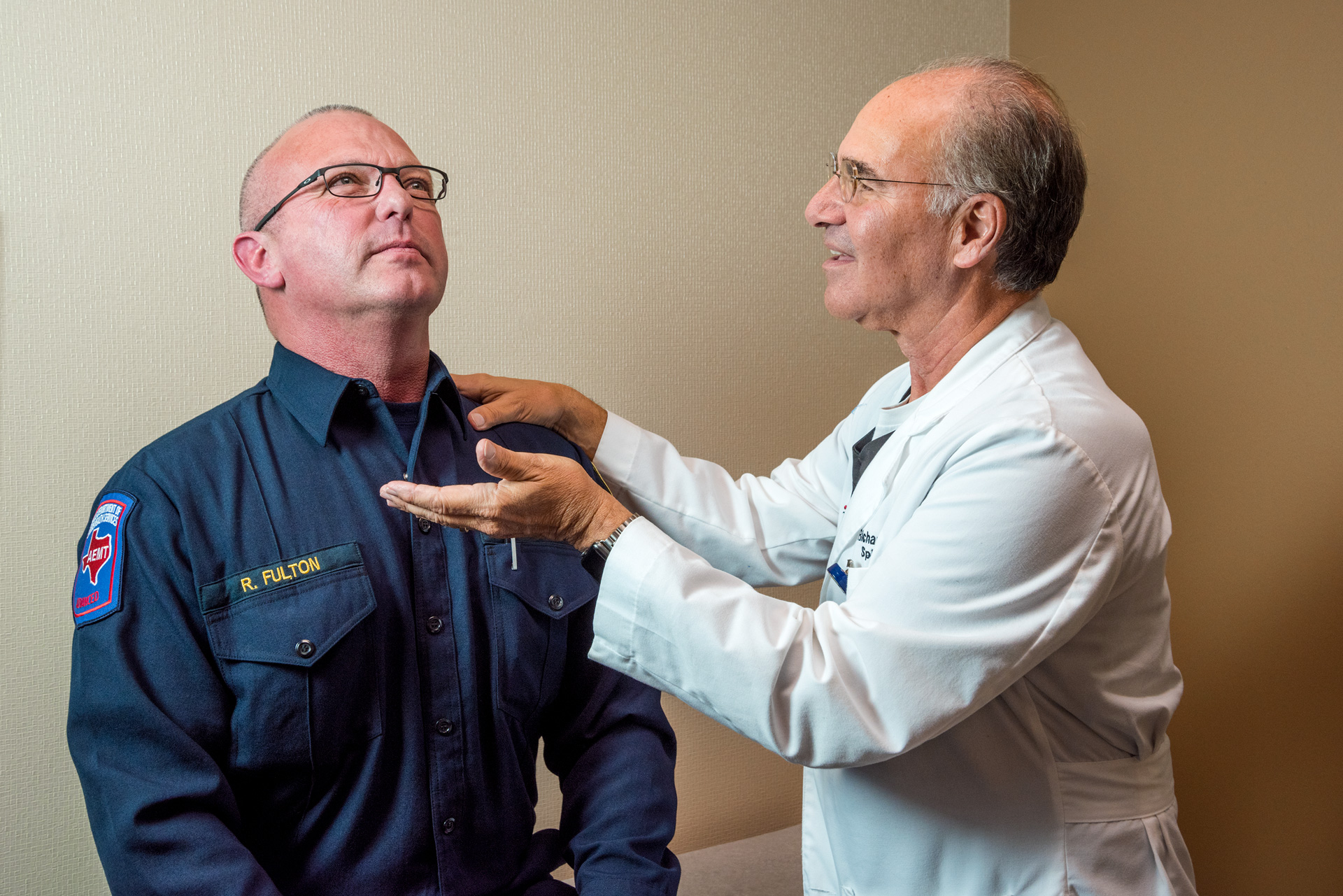The M6-C™ Artificial Cervical Disc is indicated for reconstruction of the disc following single level discectomy in skeletally mature patients with intractable degenerative cervical radiculopathy with or without spinal cord compression at one level from C3 – C7. The M6-C™ Artificial Cervical Disc is implanted via an anterior approach.
Warning: The M6-C™ Artificial Cervical Disc should only be used by surgeons who are experienced in the surgical procedure and have undergone adequate training with this device. A lack of adequate experience and/or training may lead to a higher incidence of adverse events, such as vascular or neurological complications.
Patients should be instructed in postoperative care procedures and should be advised of the importance of adhering to these procedures for successful treatment with the device including the avoidance of heavy lifting, repetitive bending, and prolonged or strenuous activity initially and for a period of weeks to months depending on the individual patient’s progress and the stability and functioning of the implant.
Potential adverse effects of the device on health include paralysis or death. Read the full prescribing information for important contraindications and all warning, precautions, and instructions for use. Full prescribing information can be found at M6disc.com or by calling 1‐888‐298‐5700.
Caution: Federal law (USA) restricts this device to sale by or on the order of a physician.
